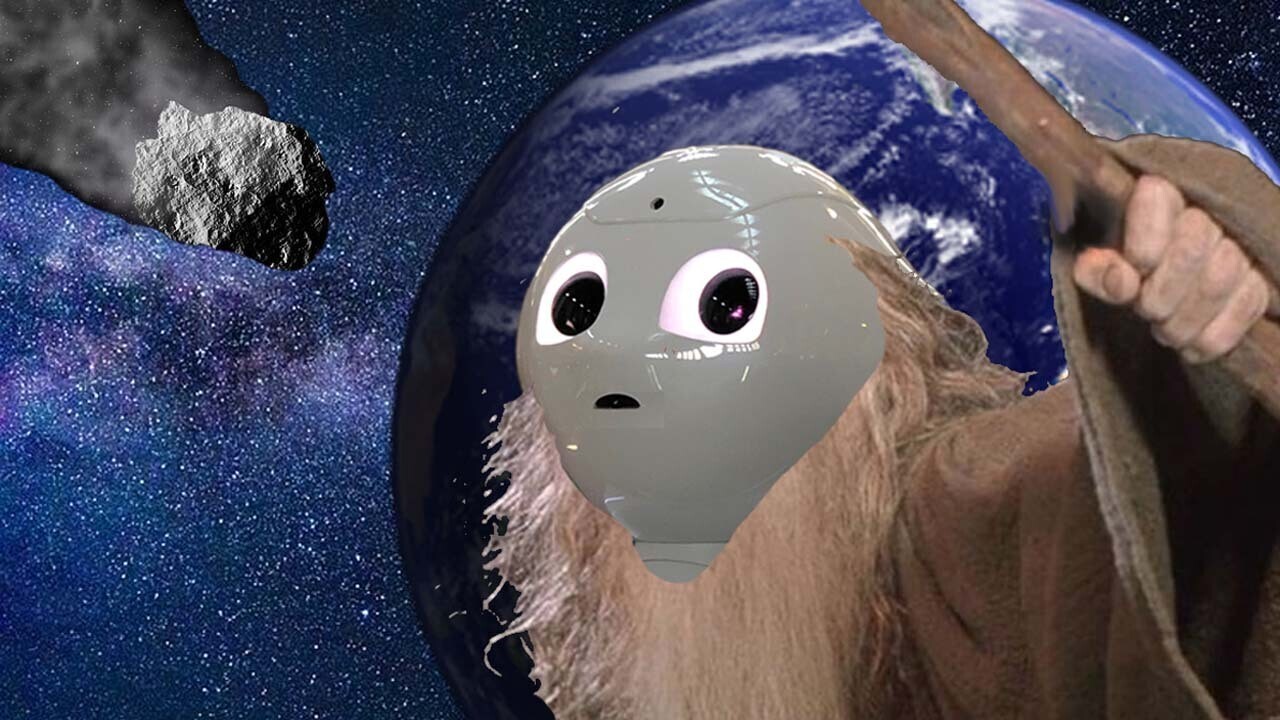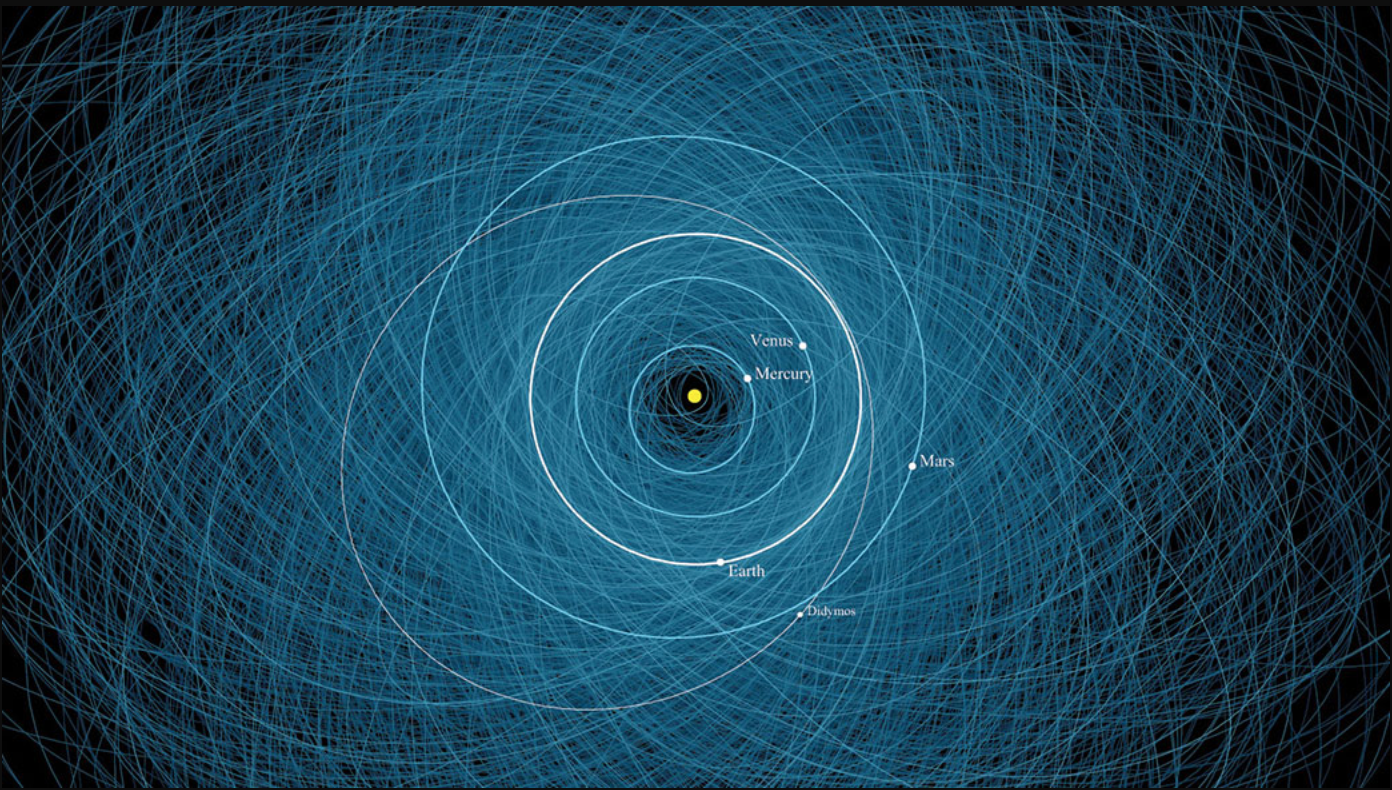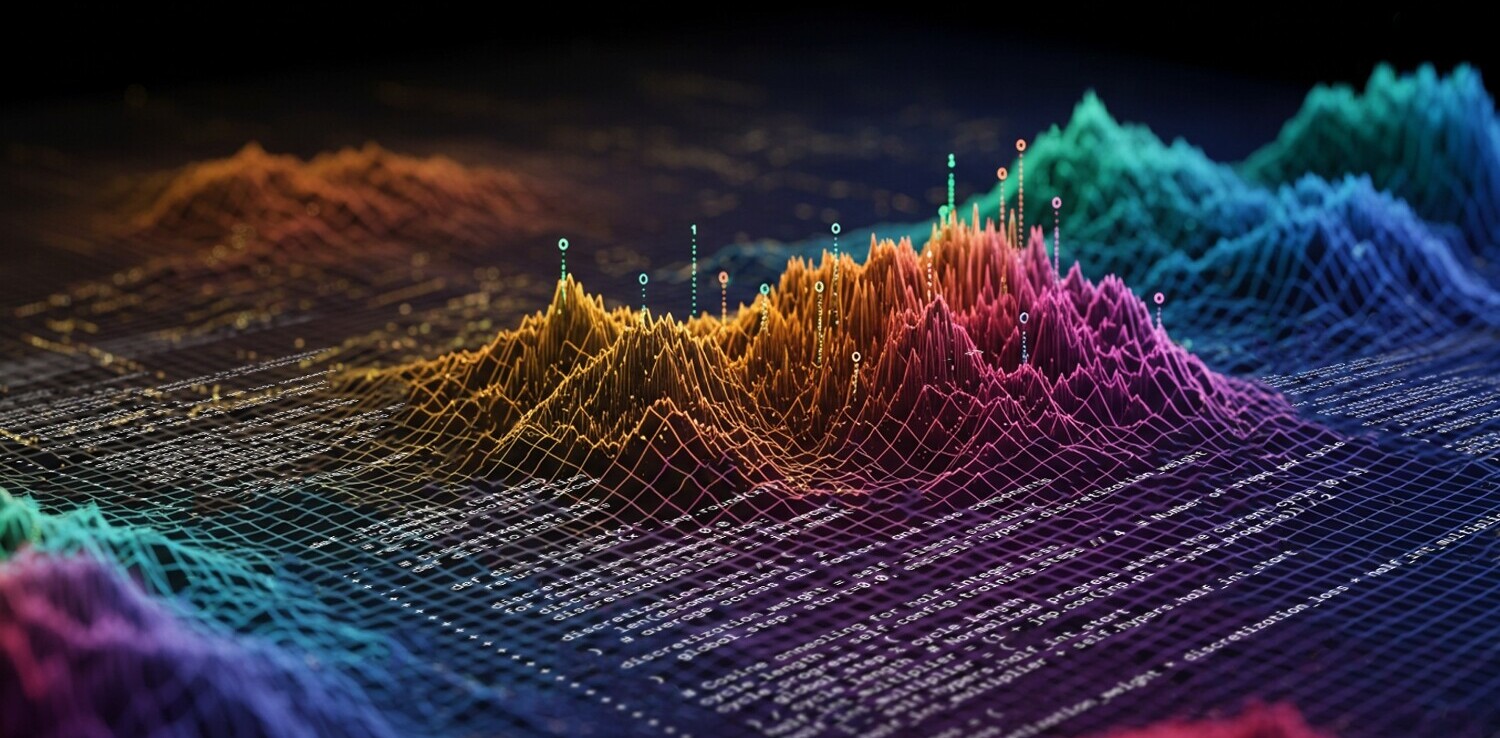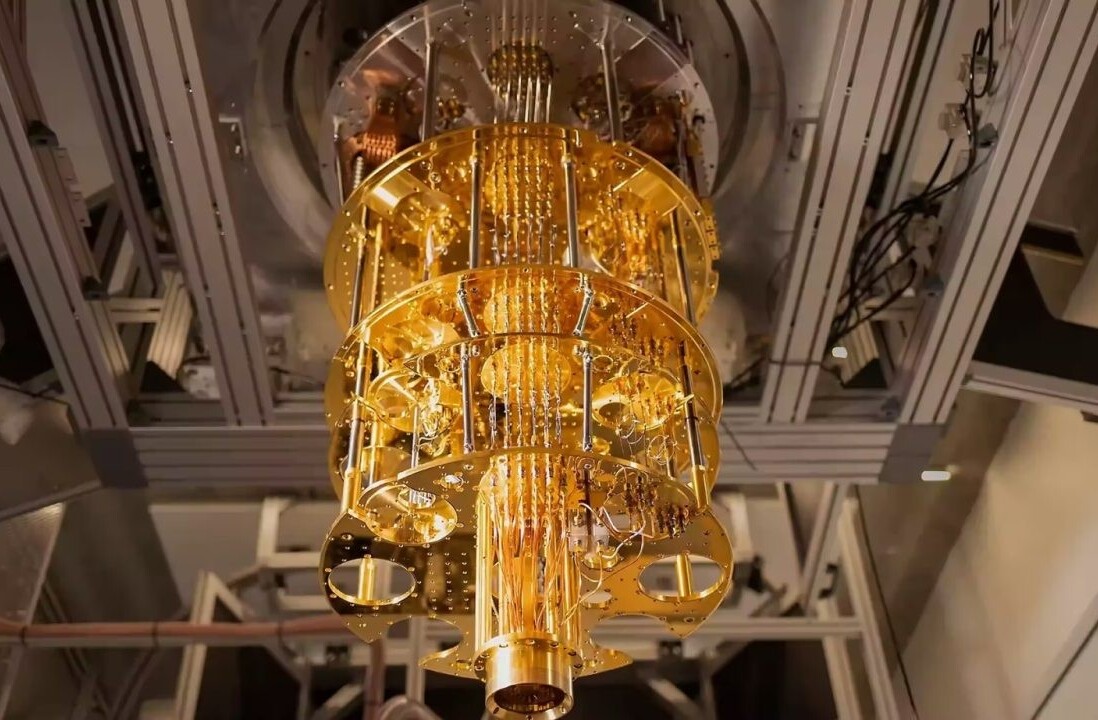
It’s been 66 million long years since an asteroid erased the dinosaurs — and astronomers are getting antsy.
In the last few months, they’ve warned that space rocks as big as the Eiffel Tower, the Empire State Building, and the Great Pyramid of Giza could all miss Earth by just millions of miles.
In response, NASA is resorting to increasingly desperate measures. After simulating catastrophe impacts and slapping asteroids with spaceships, the agency on Monday unveiled its most outlandish weapon yet: an algorithm.
Named Sentry-II, the system will evaluate the threats posed by near-Earth asteroids (NEAs).
In a press release, NASA said the system can rapidly assess potential impacts for all known NEAs — with odds as low as a few chances in 10 million.

The software is an upgrade to the original Sentry, which has been in operation since 2002.
The first version of the system had several shortcomings. While it accurately modeled how gravity shaped an asteroid’s orbit, it didn’t integrate non-gravitational forces — such as sunlight heating the object’s dayside.
It could also struggle to forecast asteroids that come extremely close to Earth, as their motion gets erratically deflected by our planet’s gravity.
Sentry-II was created to overcome these limitations.
A key aspect of predicting asteroid impacts is modeling uncertainty. While the original Sentry made some assumptions about an asteroid’s orbit, the new software applies a different approach.
It first models thousands of random points throughout the “uncertainty region” of the rock’s trajectory. The algorithm then evaluates all the possible orbits within this entire area.
As a result, Sentry-II can assess low probability impact scenarios that its assumptive predecessor could have missed.
“Sentry-II is a fantastic advancement in finding tiny impact probabilities for a huge range of scenarios,” said NASA’s Steve Chesley, who worked on both systems.
“When the consequences of a future asteroid impact are so big, it pays to find even the smallest impact risk hiding in the data.”
Indeed, it can take eons before the full impact is revealed. Scientists only recently discovered that the dino-killing asteroid may have helped snakes to thrive on Earth.
The next devastating space rock could have even deeper repercussions. If the meme prophecies are to be believed, it won’t just obliterate humanity — it may also wreck the stock market.
Get the TNW newsletter
Get the most important tech news in your inbox each week.




